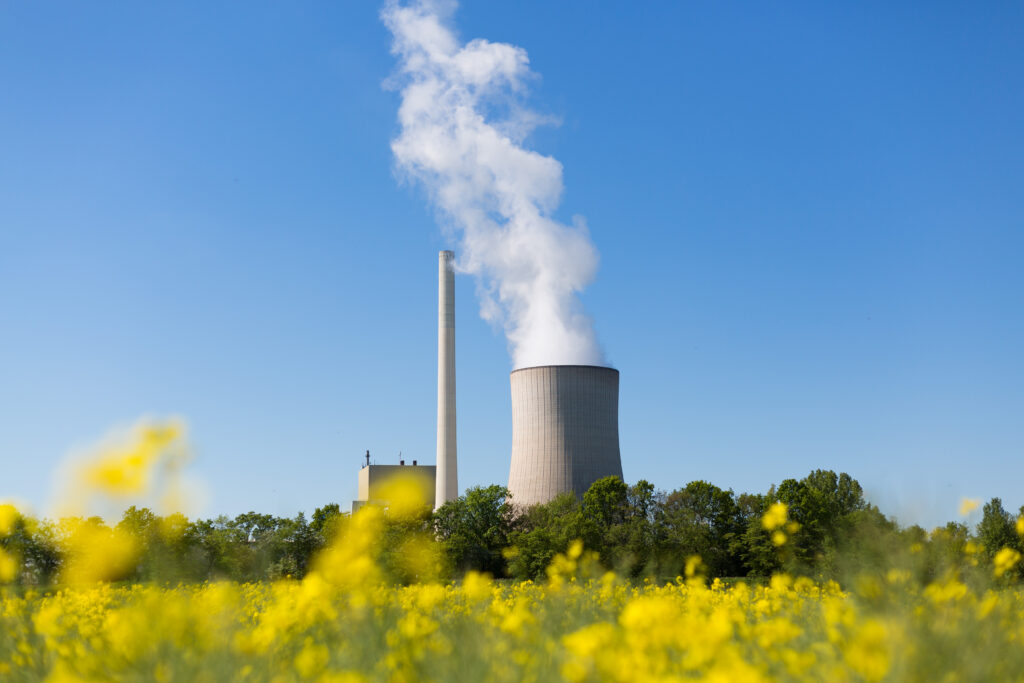From price boards to chimneys - what's changing
Daily price feeds show a clear trend: reference prices for thermal coal such as Newcastle and Richards Bay are close to four-year lows - even though global demand for electricity continues to rise. Coal still supplies around 35 % of global power generation - in South East Asia even almost 50 % - but the curve is bending downwards. The latest paper from the World Economic Forum entitled "Scaling Financing for Coal Phase-out in Emerging Economies" explains why: Innovative financing models can shut down coal-fired power plants early - without having to rely on huge amounts of subsidized capital.
Mechanisms for decommissioning coal (CRM) and balance sheet restructuring
A Coal Retirement Mechanism (CRM) takes over the existing debt of an operating power plant, refinances it with longer maturities and lower interest rates and shares the resulting financial flexibility with the owner as an immediate payout. Typical transactions deliver 20-40 % of the residual value immediately, while the remaining operating time of the power plant is contractually limited.
Two levers support this model:
-
Re-gearing of the balance sheet: Replacement of construction phase loans with more favorable, quasi-governmental bonds.
-
Term extension (tenor extension): Reduction of the annual debt service burden by extending the term, e.g. from 10 to 20 years.
The result: a commercially bankable structure that frees operators from dependence on coal and redirects capital towards renewable energies.
Effects on raw material flows
| Impact area | Expected market impact | Comment |
|---|---|---|
| Demand for steam coal | Potential reduction of 50-60 million tons per year in ASEAN if a quarter of the 110 GW power plant fleet uses CRM | Corresponds to Indonesia's total export deficit since the beginning of the year |
| Green energy raw materials | Higher demand for copper, nickel, polysilicon, rare earth magnets | Solar, storage and grid projects have a high demand for metal |
| New financial products | Growth of transition bonds and CO₂ avoidance index products | Creates hedging options beyond traditional energy commodities |
| Emerging market currencies | Capital inflows could support currencies such as PHP and IDR despite lower coal exports | Foreign direct investment compensates for trade balance disadvantages |
Case study: A Philippine multi-power plant portfolio
The WEF study models ten coal-fired power plants on Luzon and Mindanao, bundled in a portfolio. Early decommissioning yields an average payout of 30 % of the residual book value, while the implied CO₂ abatement costs are below USD 10 per ton - competitive with planned regional CO₂ pricing schemes. Bundling reduces project-specific credit risks and generates investment volumes that are also attractive to pension and insurance funds - a catalyst for market acceptance.
Political signals remain crucial
Financing can open the door - politics must keep it open. Three indispensable prerequisites:
-
Credible national phase-out roadmaps: Without a statutory end date, political risk is priced in too expensively for investors.
-
Price pressure on coal-fired power generation: Robust CO₂ prices, capacity market reforms and mandatory fees for reserve capacity ensure that decommissioned plants are not reconnected to the grid.
-
Fast-track procedure for renewables: Simplified grid connections reduce the system costs of transformation and create scope for social compensation programs in affected regions.
Trade and investment trends until 2026
-
Short positions on thermal coalas new CRM projects reduce the need for sea-based coal.
-
Long positions on calendar spreads in copper and nickelin anticipation of the expansion of electricity grids and battery storage.
-
Purchase pilot projects for transition certificateswhere methods are about to be approved but supply is still scarce.
-
Selective long positions in Southeast Asian currencieswith a focus on inflows into infrastructure for renewable energies.
Overarching importance for the raw materials complex
From 2003 to 2014, the commodity "supercycle" was driven by China's urbanization. The next structural cycle is likely to be characterized by decarbonization and debt restructuring - a synergy of finance and engineering, not pure volume growth. Analysts who used to watch shipping queues in Qinhuangdao are now sifting through contract terms in Manila and Jakarta - the information advantage has shifted.
Next steps: Excel becomes infrastructure
The instruments exist - CRMs, transitional bonds, mixed financing funds. What is missing are bankable pilot projects of sufficient size to establish secondary market prices and derivatives. Once the first transactions are completed, capital can start rolling in, technology costs can fall faster and former coal regions can participate in grid modernization and clean industry.
The change is not only ecological, but also economic - with new sources of revenue for metals, grids and storage - and social, with a need for retraining and social safety nets. Combining profit orientation and inclusive growth is no longer speculation; the mechanism is clear and operational.
Conclusion
The accelerated coal phase-out is no longer a theoretical vision. Structured financial instruments, supported by clear political signals, are already changing demand curves for coal, metals and currencies. Markets that recognize and price in this change early will benefit from reduced downside risk in legacy assets and fresh upside potential in the commodities that make a 1.5 degree world possible.

